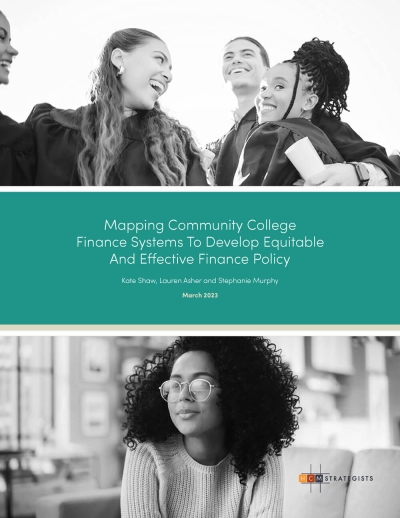June 13, 2023
Pandemic Relief Funding for Community Colleges
May 11, 2023












